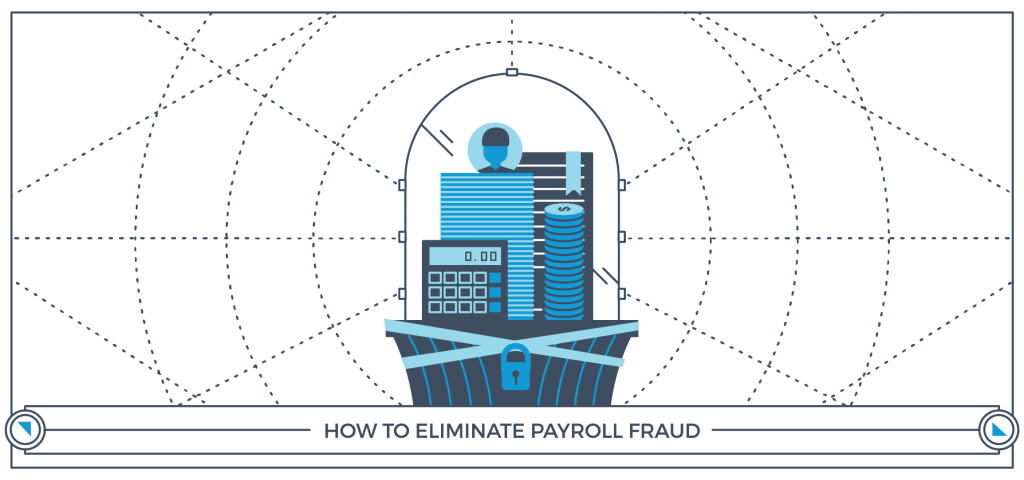Any business looking for ways to cut costs should carefully consider targeting payroll fraud. According to Forbes, 27% of all businesses are victims of payroll fraud, and small companies are at the greatest risk. In one survey of businesses in India, 55% of the respondents stated that their organizations had experienced fraud.
The average case of payroll fraud lasts about three years, and the amounts can be staggering. One Australian employee, for example, stole $19 million in just two years through payroll fraud. That’s discouraging news, but it also represents a significant opportunity when it comes to cost reductions.

Here are some things employers can do to minimize their risk:
- Timecard discrepancy/falsification: Some timecard fraud is unintentional: employees write a time in incorrectly, or payroll personnel read it incorrectly. Other timecard fraud is deliberate: not recording breaks, padding hours, claiming shifts that were never worked, etc. And then there are cases where employees who leave the company continue getting paid past their termination date.
- Rate manipulation: This occurs when employees with access to the payroll system increase their rate of pay (and maybe that of their co-workers, too). This incurs at both the managerial and administrative levels, depending on who has access.
- “Ghost” employees: Ghost employees are just what they sound like: made-up employees who don’t really exist. An employee creates a false identity and routes that person’s compensation to themselves. This is more common in larger companies with multiple locations where there are many employees who don’t know one another.
Fraud prevention steps
Payroll fraud is much easier to pull off in smaller companies that still use a manual system. Fortunately, thanks to cloud computing, even small companies can now afford the type of technology that identifies and prevents fraud, whether they perform payroll functions in-house or outsource them. In addition, even with low-tech payroll systems, employers can reduce their risk with just a few common-sense procedural changes.
- Use all available reporting functions: Today’s payroll technologies usually have embedded analytics that can “slice and dice” payroll data in several different ways. Warning signs include things like names of terminated employees showing up in reports, checks for more than one employee being sent to the same address or bank account, a sudden increase in hours worked, a sudden increase in total compensation, etc.
- Limit access to master files: There’s no need for payroll employees at the clerk level to be able to add employees, change pay rates, or adjust hours worked. Such changes should only be made by department managers and/or senior payroll managers.
- Increase security: Employees who do have access to the master files should be educated on good security practices and required to change passwords frequently. It’s also important to update the software program as new versions become available.
- Assign various parts of the process to different employees: It’s risky to put too much power in the hands of a single employee, but this is a practice that’s common in smaller companies with limited staff. A division of labor provides a system of “checks and balances,” making it more difficult for employees to commit fraud.
- Verify identity: Companies that distribute checks in person should require a photo ID. This makes it more difficult for anyone to pull off a successful ghost employee fraud.
- Outsource payroll functions: Outsourcing payroll functions practically eliminates the opportunity to commit payroll fraud, as an employee would need to have an accomplice on the provider’s staff. In addition, third-party providers are specialists, trained in fraud detection. They also often have access to proprietary software with embedded fraud-detection capabilities.
Instituting common-sense safeguards can go a long way toward preventing payroll fraud, but today’s affordable technology solutions can practically eliminate the risk. Whether you run your payroll in-house or outsource it, let technology make payroll fraud a thing of the past.







